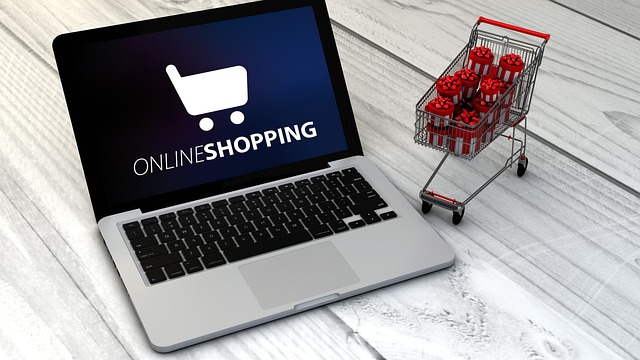Online shopping has become increasingly popular, offering convenience and a wide range of choices. However, it also comes with risks, such as identity theft and fraud. To ensure a safe and secure shopping experience, it’s important to follow best practices and use reliable tools.
Table of Contents
Use Secure Connections
Always shop on websites that use HTTPS, which encrypts your data as it travels between your browser and the website’s server. Avoid using public Wi-Fi networks for shopping, as they are more vulnerable to hacking. Instead, use a secure and private internet connection.
Keep Your Software Updated
Keep your browser, operating system, and antivirus software up to date. Updates often include security patches that protect against the latest threats. Enable automatic updates whenever possible to ensure you’re always protected.
Use Strong Passwords
Create strong, unique passwords for each online store you use. Include a mix of letters, numbers, and symbols, and avoid using easily guessed information such as your name or birthdate. Consider using a password manager to securely store and manage your passwords.
Enable Two-Factor Authentication
Two-factor authentication adds an extra layer of security by requiring a second form of verification, such as a code sent to your phone, in addition to your password. Enable this feature on your accounts whenever possible to protect against unauthorized access.
Be Wary of Phishing Scams
Phishing scams use deceptive emails and websites to trick you into revealing your personal and financial information. Always verify the legitimacy of emails and links before clicking on them. Look for spelling errors and unusual email addresses, and hover over links to see the actual URL before clicking.
Use Reputable Payment Methods
When shopping online, use reputable payment methods such as credit cards or PayPal. These methods offer added protection against fraud and unauthorized charges. Avoid using debit cards, as they may not offer the same level of protection.
Check for Secure Payment Options
Before entering your payment information, ensure that the website offers secure payment options. Look for trusted payment gateways, such as PayPal, Stripe, or Square, which provide additional security measures.
Review Your Statements Regularly
Regularly review your bank and credit card statements for any unauthorized transactions. Report any suspicious activity to your bank or card issuer immediately. Consider setting up transaction alerts for added security.
Use a Proxy Service
Consider using a proxy service to protect your identity and location while shopping online. A cheap data center proxy can help mask your IP address, making it harder for hackers to track your online activities and steal your information. However, ensure that you use a reputable proxy service to avoid potential risks.
Conclusion
Safe online shopping practices are essential for protecting your personal and financial information. By following these best practices and using reliable tools, you can shop online with confidence, knowing that your information is secure. Stay vigilant and stay safe! If you’re looking for a cheap data center proxy to enhance your online security, consider using cheap datacenter proxy.




